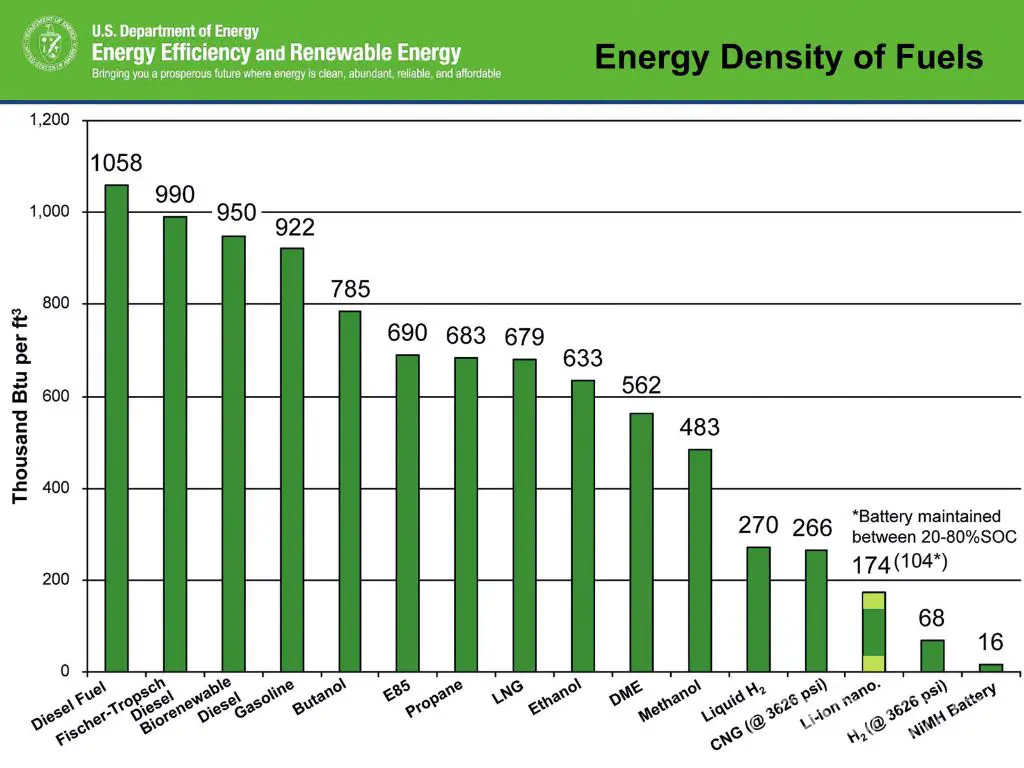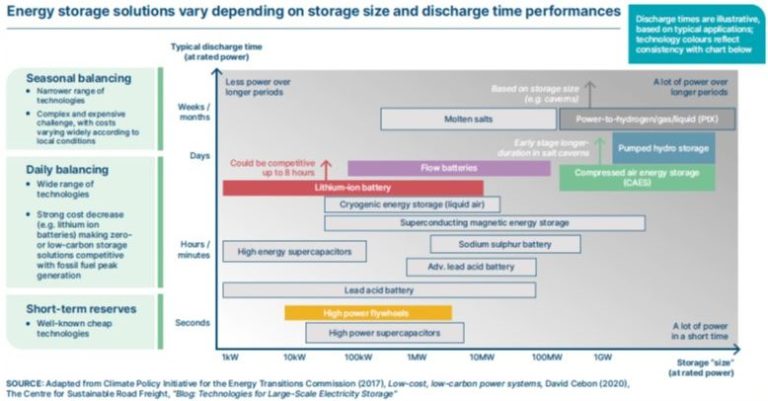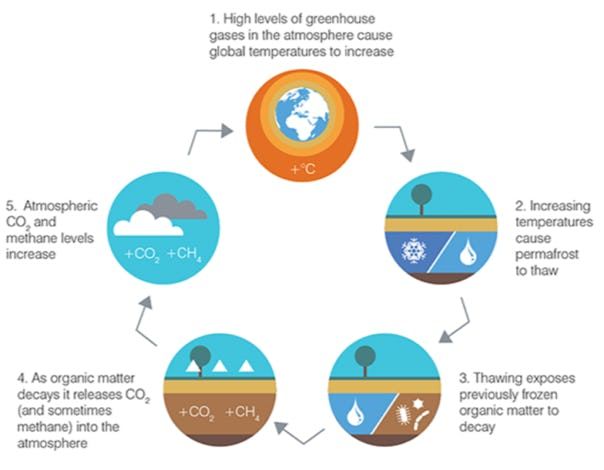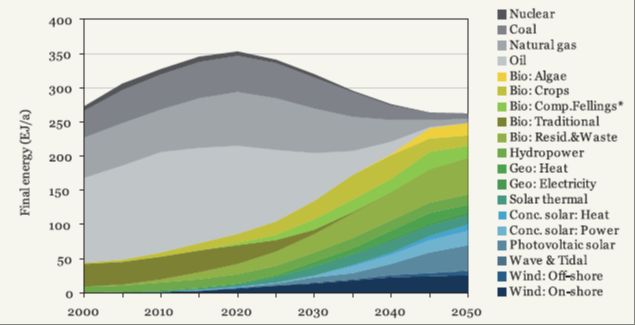Why Are Fossil Fuels Used More Than Renewable Energy?
Despite recent growth, renewable energy still accounts for a small share of global energy use compared to fossil fuels. This article examines the main reasons fossil fuels dominate.
Fossil Fuels are Cheaper
Fossil fuels like coal, oil, and natural gas have historically been cheaper energy sources compared to most renewable sources like solar and wind power. According to the International Renewable Energy Agency (IRENA), fossil fuel electricity remains cheaper than renewables in some major markets, despite recent cost declines for renewable energy. The main driver is that existing fossil fuel power plants and infrastructure were built decades ago and have already recovered their capital costs. The low operating costs of legacy fossil fuel plants make their wholesale electricity prices competitive with new renewable projects that still need to recoup installation costs. Even though renewables are now often the cheapest option for new power plants in many markets when accounting for lifetime costs, existing fossil fuel plants can sell power for lower short-term prices.
Abundant Supply
There are large existing reserves of fossil fuels still available globally. According to Our World In Data, as of 2016 there were approximately 1.65 trillion barrels of proven oil reserves in the world (World Oil Statistics). This is equivalent to 47 years of oil left based on current consumption levels. There are also large global reserves remaining of coal and natural gas. Our World In Data reports there are 134 years of natural gas reserves left globally based on current consumption (Years of fossil fuel reserves left). For coal, there are 150 years of reserves left (Years of fossil fuel reserves left). The large reserves drive continued usage as there is abundant, inexpensive supply available.
Established Infrastructure
The fossil fuel industry has built massive infrastructure over the past century to facilitate the production, processing, distribution and consumption of oil, coal, and natural gas. According to the Fossil Fuels Market report, the global fossil fuel infrastructure was valued at over $8 trillion in 2021. This includes oil and gas pipelines, coal rail systems, refineries, export terminals, power plants, gas stations, and more.
Transitioning to renewable energy requires not just building new clean infrastructure, but phasing out and divesting from existing fossil fuel systems. A report by Frontier Group argues this existing infrastructure locks countries into continued fossil fuel dependence. With trillions already invested and massive systems in place, there is inertia and path dependency favoring the status quo of fossil fuel use.
Fully transitioning to clean energy therefore faces challenges in dismantling profitable but polluting infrastructure already built over decades. The scale of the current fossil fuel infrastructure creates reluctance to abandon these sunk costs before fully depreciated. This established system makes it easier to continue relying on fossil fuels rather than building parallel renewable infrastructure.
High Energy Density

One key reason for the continued use of fossil fuels over renewables is that fossil fuels have a much higher energy density. Energy density refers to the amount of energy stored in a given unit or system. According to Drexel University, the energy density of oil is 35-45 GJ per cubic meter, while solar energy has a density of only 1.5 kWh/m2/day (Source 1). This means that oil and other fossil fuels can provide significantly more energy from a smaller amount of resource. For example, as noted by Forbes, in order to generate the same amount of energy as one barrel of oil, renewable sources like solar and wind would require much larger equipment and land area (Source 2). The high energy density makes fossil fuels more practical and efficient.
Reliability
Fossil fuels like coal, oil and natural gas can generate electricity on demand, whenever it is needed. They provide consistent baseload power that can be ramped up or down to meet fluctuations in demand throughout the day and year. This makes the electricity grid more reliable and avoids blackouts when renewable sources like wind and solar are not producing enough energy.
In contrast, renewable energy sources like wind and solar are weather-dependent and intermittent. The sun does not always shine and the wind does not always blow when electricity is needed most. Large-scale energy storage solutions are still limited today. This makes relying completely on renewables more challenging for grid reliability.
According to the Union of Concerned Scientists, the variability of renewable generation creates uncertainty around having sufficient generating capacity to meet demand at all times. While technical solutions exist to integrate more renewables, fossil fuels are still seen as providing more reliable baseload power. The U.S. cannot yet rely on renewables alone to maintain grid reliability.
Sources:
https://blog.ucsusa.org/mike-jacobs/fossil-fuels-vs-renewables-a-price-on-reliability/
Market Control
Large fossil fuel companies have significant economic and political influence. Many are among the biggest companies in the world in terms of revenue and market capitalization, including ExxonMobil, Shell, Chevron, BP, and others. For example, ExxonMobil and Chevron ranked in the top 10 global companies by market cap as of 2022.
The largest fossil fuel companies have extensive investments and assets for oil, gas, and coal production. They control large portions of global energy reserves and production capacity. This gives them substantial influence over energy prices and security. Many governments also rely on tax revenue from fossil fuel production.
Furthermore, big oil and gas companies actively lobby politicians and donate to campaigns. They aim to shape energy policy in their favor by securing subsidies, permits, leases, and favorable regulations. However, there is controversy around the amount of influence afforded to fossil fuel companies versus environmental advocates or renewable energy firms.
Government Subsidies
Governments provide large subsidies for fossil fuel production and consumption. According to the International Monetary Fund (IMF), globally, fossil fuel subsidies were $7 trillion or 7.1% of GDP in 2022, reflecting a $2 trillion increase since 2020 [1]. The IMF also reported that fossil-fuel subsidies surged to a record $7 trillion in 2022 as governments supported consumers and businesses during the global spike in energy prices [2]. These subsidies make fossil fuels cheaper to produce and consume compared to renewable energy sources.
Consumer Habits
Most energy use is based on habitual fossil fuel consumption. Despite the growth of renewable energy, consumers continue to rely heavily on fossil fuels in their daily lives. For example, gasoline and diesel remain the predominant fuels used for transportation in cars, trucks, planes, and ships. Home heating systems and appliances like furnaces, water heaters, stoves, dryers, etc. are usually powered by natural gas or use electricity generated from fossil fuels. According to https://www.eia.gov/energyexplained/us-energy-facts/ nearly 80% of energy used by the US transportation, industrial, residential, commercial, and electric power sectors comes from fossil fuels like petroleum, natural gas, and coal.
Conclusion
In summary, fossil fuels continue to dominate global energy production and consumption due to a number of key factors. Fossil fuels currently benefit from being abundant, having an established infrastructure for extraction and distribution, providing a reliable energy source with high energy density, and receiving significant government subsidies and market control from major producers and suppliers. While renewable energy is growing rapidly and becoming increasingly cost-competitive, it faces obstacles related to relatively higher upfront costs, intermittency issues, lack of infrastructure in many regions, and lack of consumer awareness or willingness to change energy habits. Significant progress has been made in deploying renewable energy, yet the sheer scale of global energy demand means fossil fuels are likely to maintain a majority market share in the near future. With concerted efforts by policymakers, businesses, and consumers to further increase renewable energy investments, storage capabilities, grid integration, and public engagement, the outlook is promising for renewables to continue displacing fossil fuels and providing a larger share of the world’s energy needs.







